After more than 5 years of drought, California is finally enjoying our first wet winter. While this has been an undeniable gift if you own a ski resort or umbrella factory, it has been a decidedly mixed blessing for farm owners. While water is the necessary lifeblood of our fields, too much water can actually harm the harvest. This week we are exploring the ways in which rain impacts the farmers that we source ugly produce from.
- Rain can kill newly planted vegetables. When you’re a baby plant, raindrops feel more like punches! Heavy rains can actually damage and kill young plants because they are too small and fragile to withstand so much water. When this happens the farmers have no choice but to rip out the dead vegetables and start from scratch. This results in a sizable financial loss and can delay the harvest significantly.
- Rain can throw a wrench your schedule. Rain creates mud which makes driving trucks and even walking in the mucky fields impossible. Heavy rains can keep farmers out of their fields for days and weeks. When they can finally harvest, farmers often find that they have lost crops to mold and rot, or that they now have enormous crops that have become engorged with all the rain water. The jumbo crops are often written off as a loss just the same as supermarkets will not buy them due to their large size.
- Rain can mess up the consistent availability produce. To avoid missing a harvest due to rain, farmers often rush to harvest a crop before a storm hits, which floods the market with that undersized versions of that vegetable. While this can be good in the short run, especially if you are in the market for tiny veggies like we are, in the long run it creates “gapping” in the supply of that vegetable. For example, if most of the organic broccoli growers have to pick early because of rain, this will flood the market with broccoli, and then create a gap in the market until broccoli from other farms reaches maturity. The end result is a broccoli shortage. While big supermarkets try to dodge these gaps by sourcing from all over the country and the world, smaller buyers like us feel these gaps intensely and have to adjust the contents of our box accordingly.
- Rain can lead to quality issues in produce. Rain creates problems after the harvest as well. When produce gets wet, it does not ship well. Wet broccoli and cauliflower are prone to spotting. Leafy greens turn yellow in places. Citrus that is picked wet is extremely prone to mold that may not appear until days after the fruit is picked. The end result is even lower yields for farmers and inconsistent quality for buyers like us. These quality issues are no ones fault other than moisture, but make getting consistent supplies of fresh produce much more difficult than during the dry season.
- Rain can spike the price of produce. All said and done, between young starts killed by rain, crops lost in flooded fields, and crops that suffer from mold and rot issues after getting wet, heavy rains lower a farmers yields significantly Less fresh produce on the market spikes the price of produce all over California and the US. What started the winter as a blessing from Mother Nature ends up as a painful blow to our agriculture system.
So, rain is decidedly a mixed blessing if you are a farmer. There is a precious balance between too little water and too much, and our agriculture system is currently dealing with a merciless pendulum swing between the two. It’s truly a long and difficult road from farm to fork sometimes. That said, being informed about the impacts of weather means that we can make more informed and compassionate buying decisions that fully respect the complexity of growing and harvesting all of the food that we like to eat!
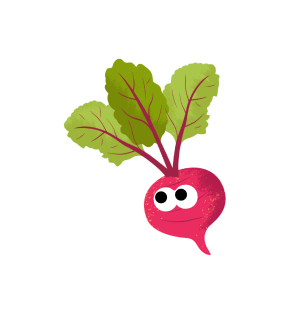
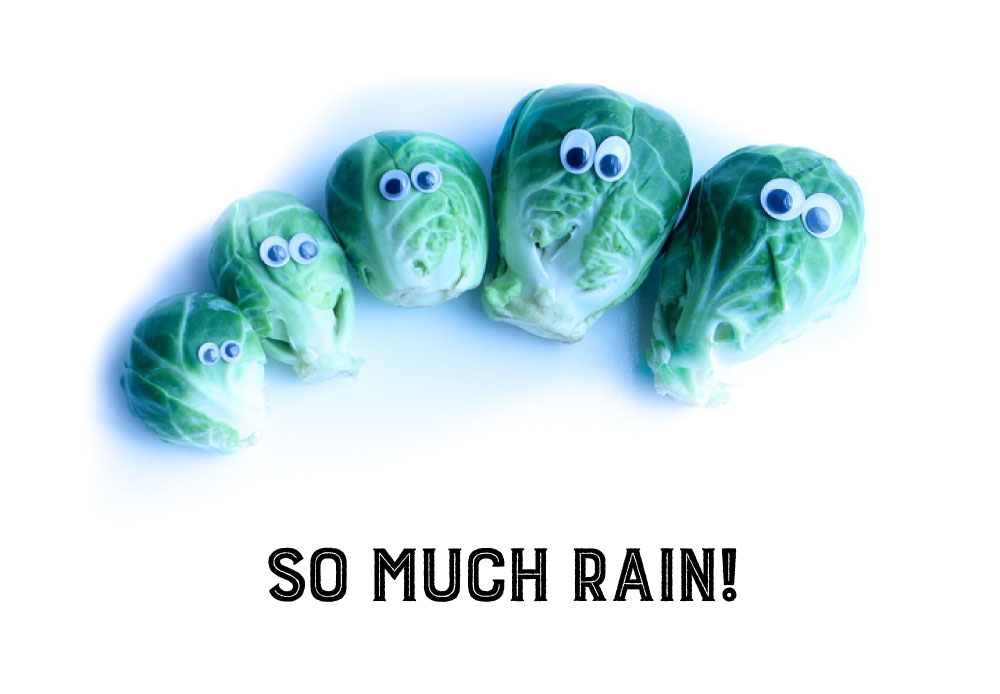
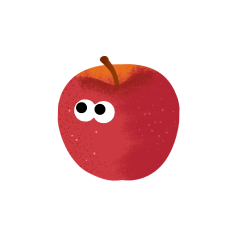

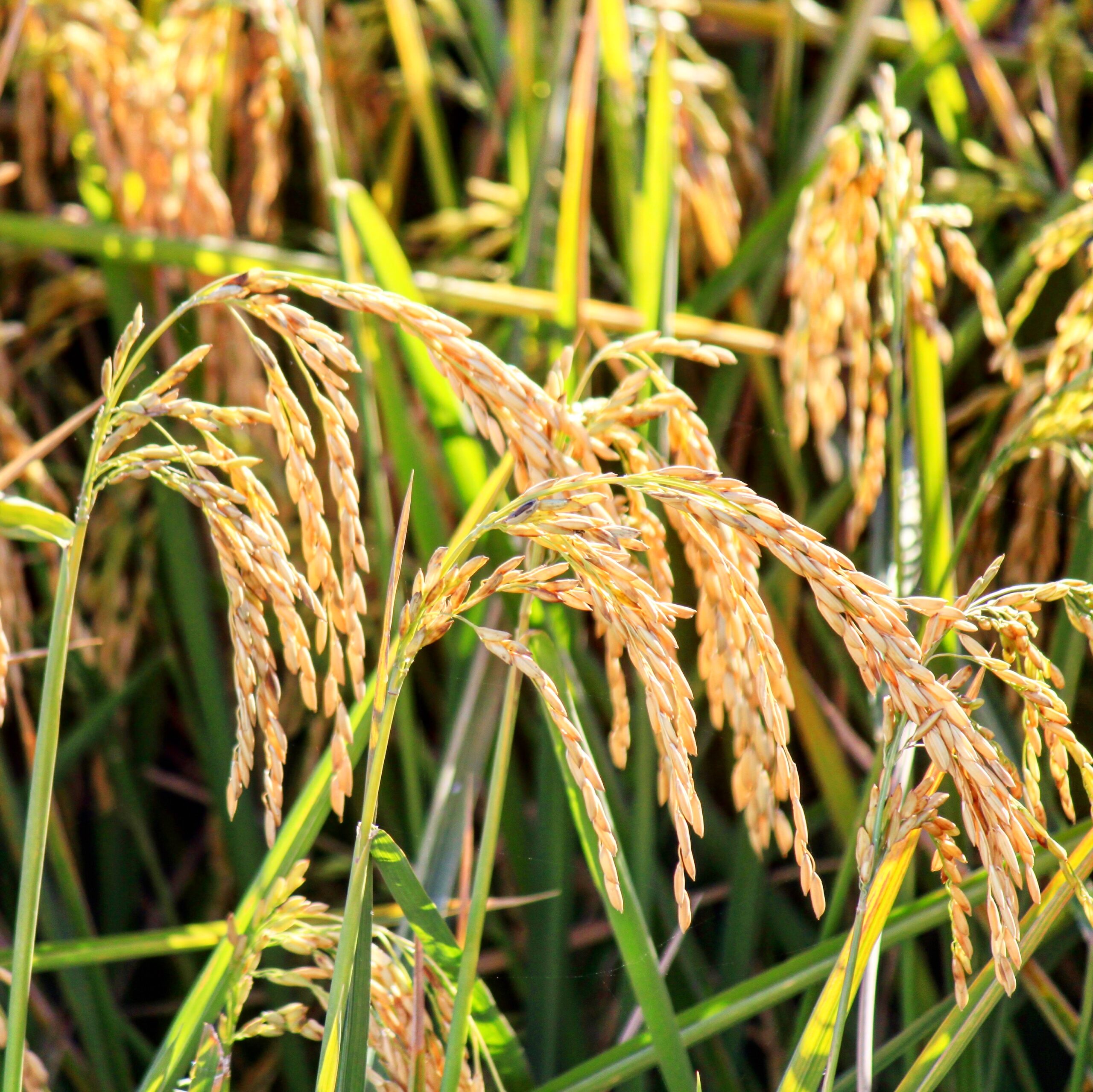
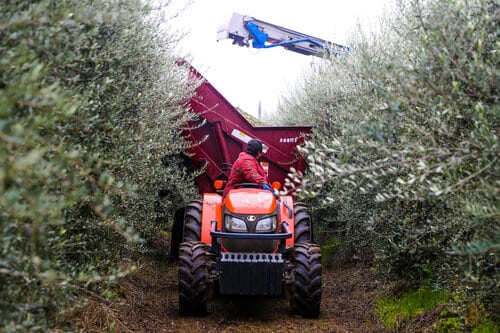
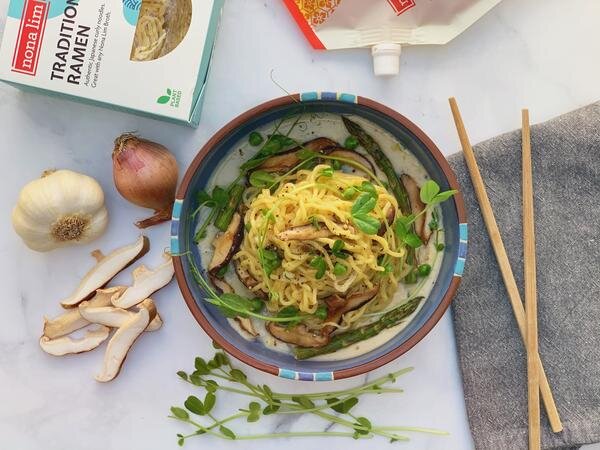
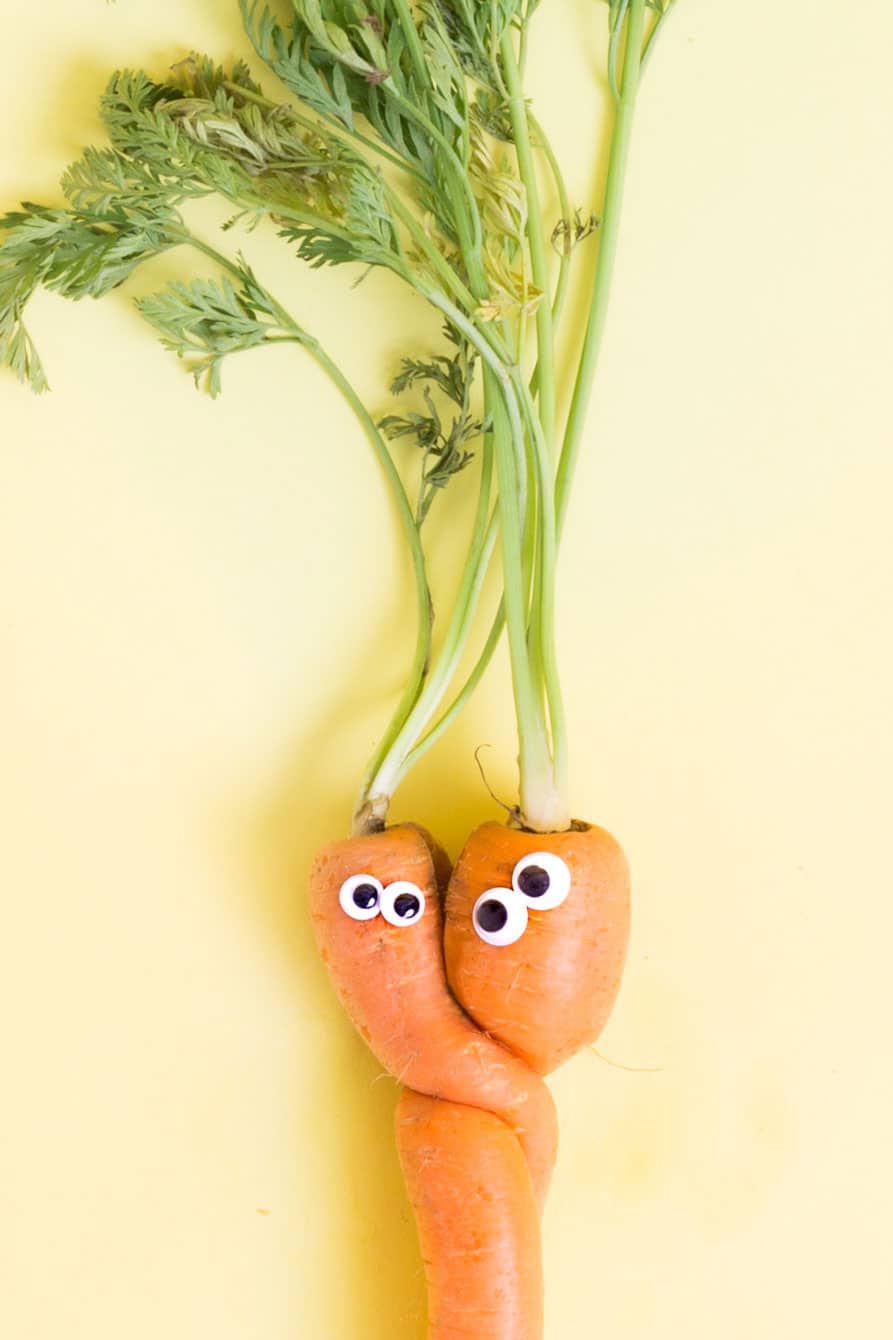
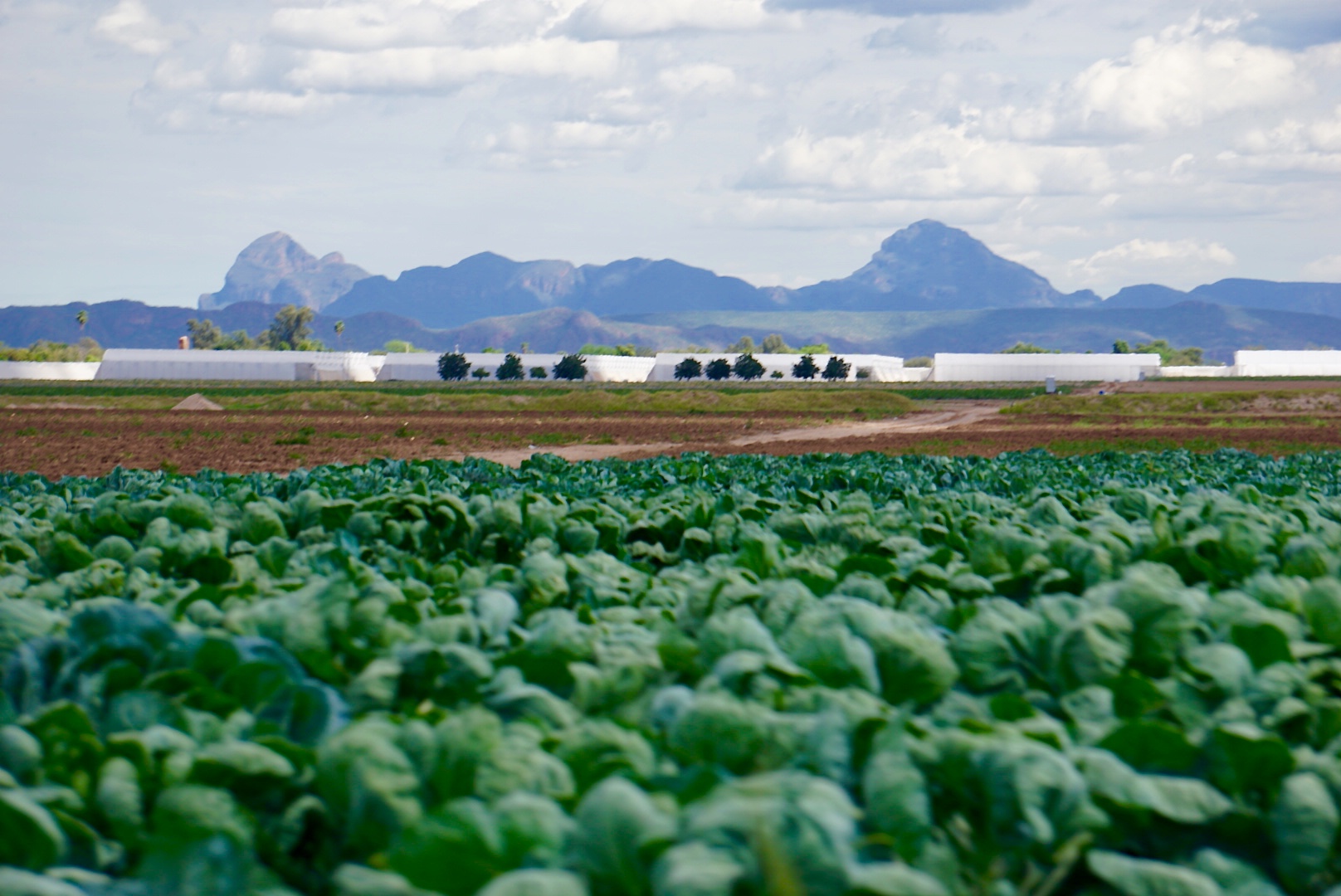

Interesting read! Thanks for sharing.
I love that you share stuff like this with your customers! I’m learning a lot from you about what it takes to grow and distribute vegetables 🙂